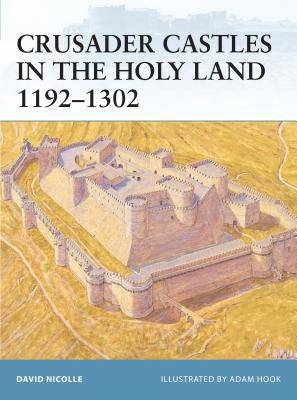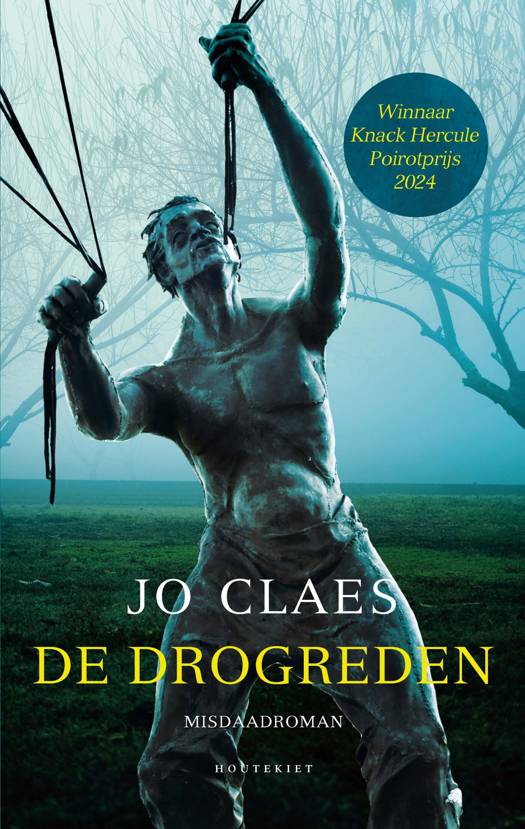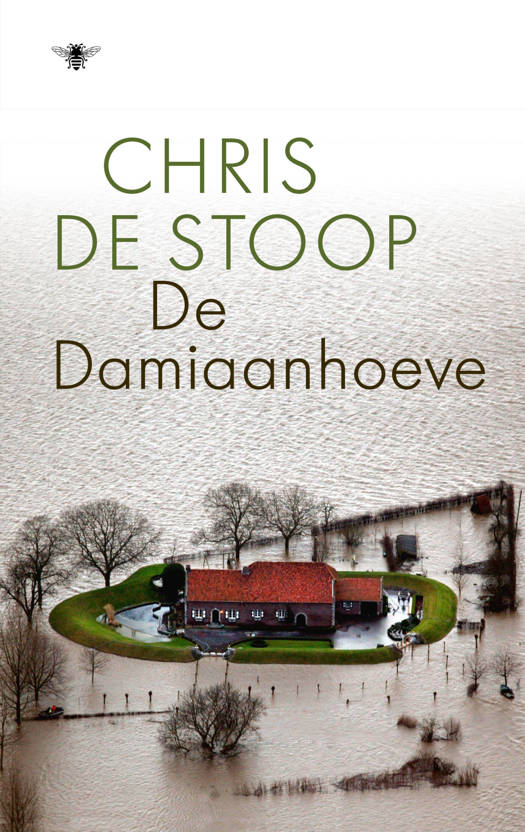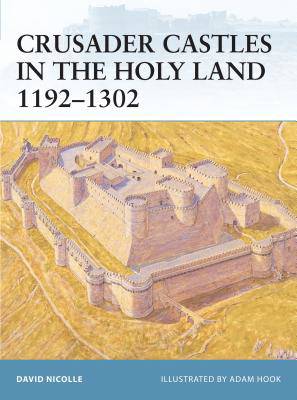
- Afhalen na 1 uur in een winkel met voorraad
- Gratis thuislevering in België vanaf € 30
- Ruim aanbod met 7 miljoen producten
- Afhalen na 1 uur in een winkel met voorraad
- Gratis thuislevering in België vanaf € 30
- Ruim aanbod met 7 miljoen producten
Zoeken
€ 20,95
+ 41 punten
Omschrijving
The debacle of the Second Crusade in 1148 caused the Crusader States to realise the necessity of developing a more cautious strategy. The original expansionist spirit largely disappeared, and the Crusader States made priorities of strengthening their existing fortifications and towns and building new castles. These structures encompassed core aspects of Western European military architecture with the integration of rapidly developing Arab and Islamic traditions. Following Fortress 21: 'Crusader Castles in the Holy Land 1097-1192', this book examines the design, development and defensive principles of some of the best-known Crusader fortifications and castles, including Crac des Chevaliers, Castel Blanc, Arsuf, Margat, Atlit, Montfort and Acre.
Specificaties
Betrokkenen
- Auteur(s):
- Illustrator(s):
- Uitgeverij:
Inhoud
- Aantal bladzijden:
- 64
- Taal:
- Engels
- Reeks:
- Reeksnummer:
- nr. 32
Eigenschappen
- Productcode (EAN):
- 9781841768274
- Verschijningsdatum:
- 13/07/2005
- Uitvoering:
- Paperback
- Formaat:
- Trade paperback (VS)
- Afmetingen:
- 184 mm x 255 mm
- Gewicht:
- 222 g

Alleen bij Standaard Boekhandel
+ 41 punten op je klantenkaart van Standaard Boekhandel
Beoordelingen
We publiceren alleen reviews die voldoen aan de voorwaarden voor reviews. Bekijk onze voorwaarden voor reviews.











